#maximilian i
Explore tagged Tumblr posts
Text

horse armour/barding
from an illustrated manuscript catalog of the armories of maximilian I, innsbruck or vienna, c. 1540
source: Vienna, ÖNB, Cod. 10815, fol. 55r
#16th century#innsbrucker zeughaus#Bartholomaeus Freysleben#maximilian I#barding#horses#armour#illuminated manuscript
386 notes
·
View notes
Text
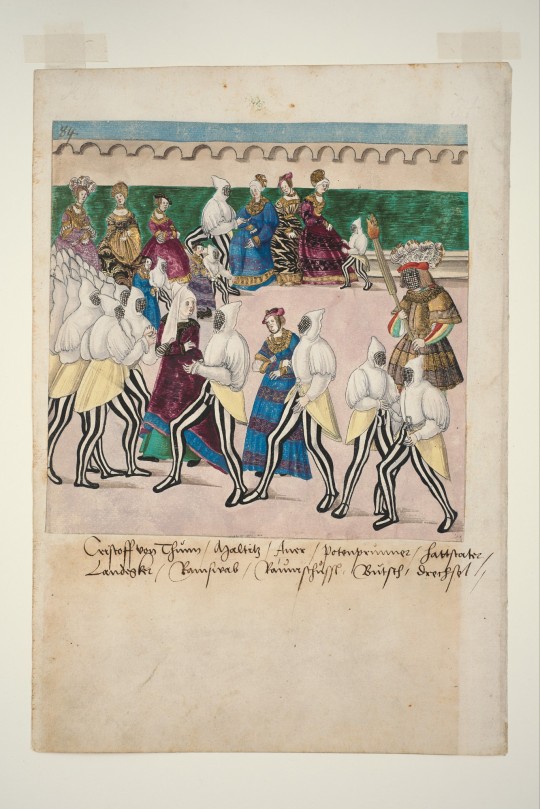

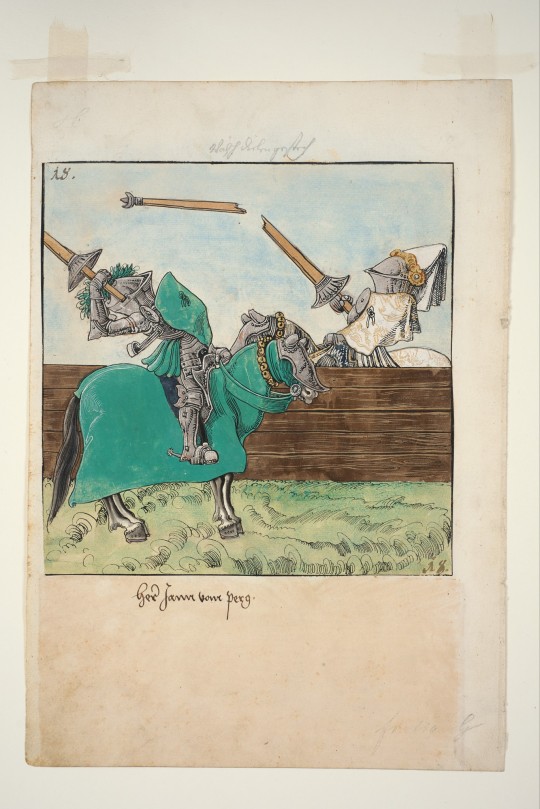
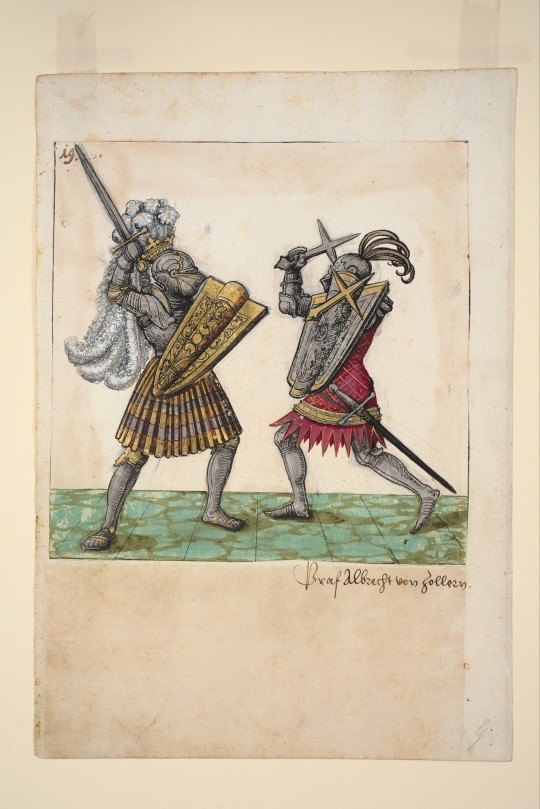
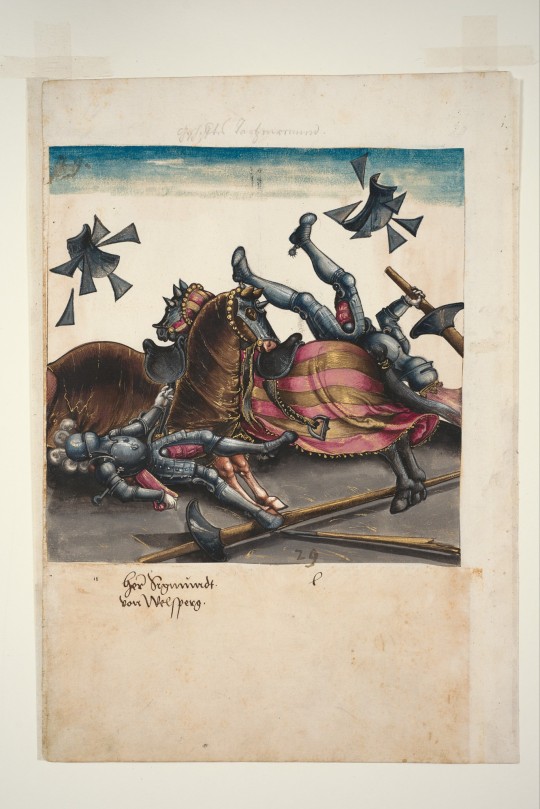
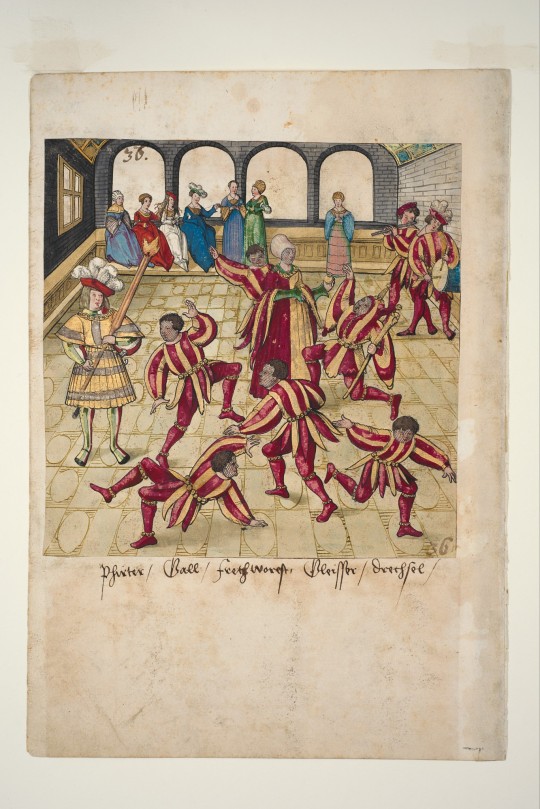
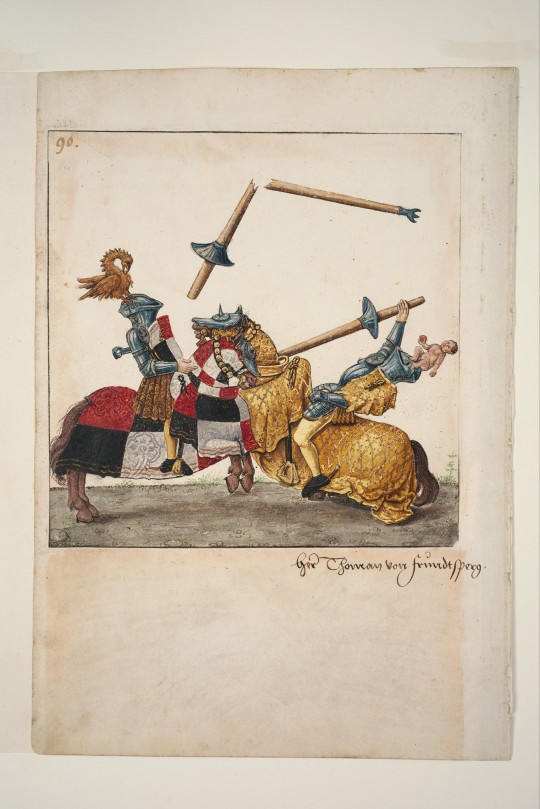
~ "Freydal": Tournament book of Emperor Maximilian I.
Culture: South German
Date: A.D. 1512-1515
Medium: 255 gouaches heightened with gold and silver in leather strap: paper; leather.
• From the source: The "Freydal" describes the tournaments during Maximilian's knightly love journey.
#history#museum#16th century#renaissance#freydal#tournament#horses#competition#Maximilian I#book#antique book#gouache#a.d. 1512#a.d. 1515
601 notes
·
View notes
Text










Reused Costumes
Costumes from Maximilian: Das Spiel von Macht und Liebe (Maximilian and Marie de Burgogne) reused in The White Princess | Part 02 of 04.
#Maximilian Das Spiel von Macht und Liebe#Maximilian#Maximilian and Marie de Burgogne#The White Princess#costumes#costume drama#costumesource#period drama#perioddramaedit#reused costumes#1400s#15th century#Margaret of York#Elizabeth of York#Johanna von Hallewyn#Cecily of York#Cecily Neville#Eliza de la Pole#Elizabeth of York Duchess of Suffolk#George Stanley#Maximilian I
66 notes
·
View notes
Text

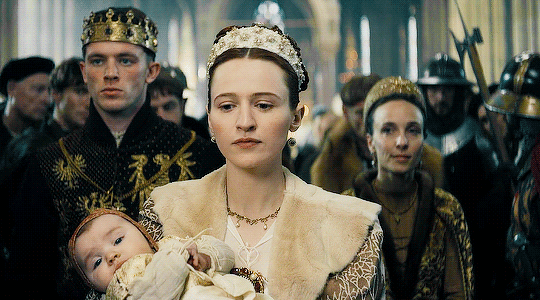


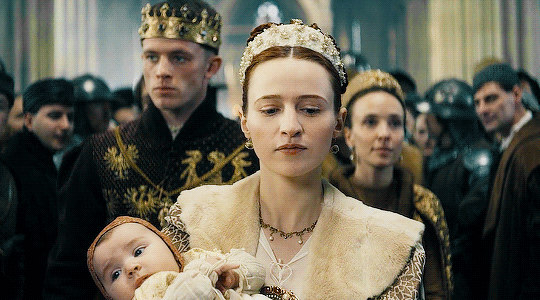
Christa Théret and Jannis Niewöhner as Mary of Burgundy and Maximilian I Maximilian - Das Spiel von Macht und Liebe Episode 3
#maximilian#maximilian: das spiel von macht und liebe#maximilian and marie de bourgogne#maximilian: the game of power and love#mary of burgundy#christa théret#christa theret#maximilian i#jannis niewöhner#stuff:mine#germanperioddrama#perioddramaedit#perioddramagif#perioddramasource#gifshistorical#maximilianedit#germanperioddramaedit
169 notes
·
View notes
Text
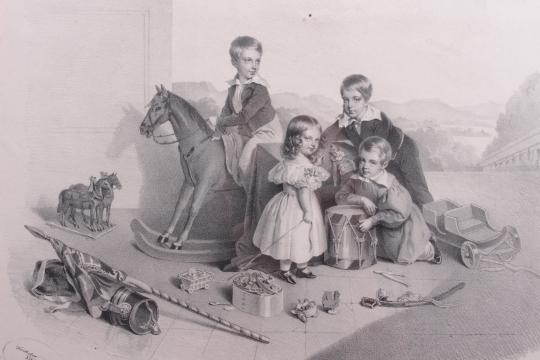
The children of Archduke Franz Karl and his wife, Sophie, in 1838.
Included are the future Franz Joseph I, the future Maximilian I, Archduke Karl Ludwig, and Archduchess Maria Anna.
Maria Anna died of a severe epileptic attack two years later, in February of 1840. In December of that year, Sophie gave birth to a stillborn son. Two years later, in May of 1842, their youngest child, Archduke Ludwig Viktor was born.
#Archduke Franz Karl#Sophie of Bavaria#franz joseph i#maximilian i#maria anna of austria#arckduke karl ludwig#archduke ludwig viktor#house of habsburg lorraine#austria#long live the queue
21 notes
·
View notes
Text
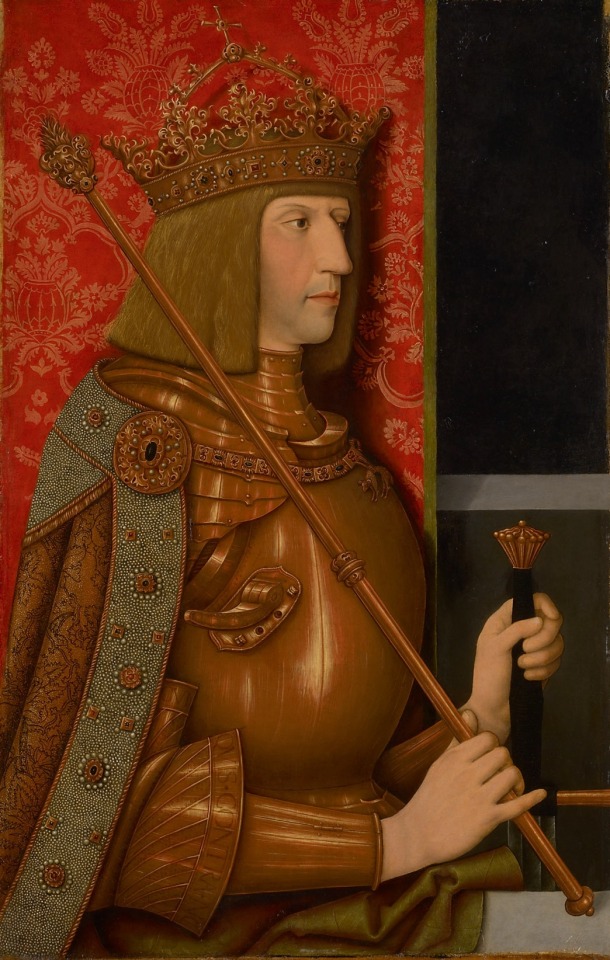
Maximilian I
Artist: Bernhard Strigel (German, 1460-1528)
Date: Before 1508
Medium: Oil on panel
Collection: Kunsthistorisches Museum Vienna, Austria
Maximilian I, Holy Roman Emperor
Maximilian I (22 March 1459 – 12 January 1519) was King of the Romans from 1486 and Holy Roman Emperor from 1508 until his death in 1519. He was never crowned by the Pope, as the journey to Rome was blocked by the Venetians. He proclaimed himself elected emperor in 1508 (Pope Julius II later recognized this) at Trent, thus breaking the long tradition of requiring a papal coronation for the adoption of the Imperial title. Maximilian was the only surviving son of Frederick III, Holy Roman Emperor, and Eleanor of Portugal. Since his coronation as King of the Romans in 1486, he ran a double government, or Doppelregierung (with a separate court), with his father until Frederick's death in 1493.
#portrait#maximilian i#holy roman emperor#painting#oil on panel#king of the romans#middle ages#history#16th century painting#european art#bernhard strigel#german painter#german art#artwork#oil painting
29 notes
·
View notes
Text
Not to brag but...
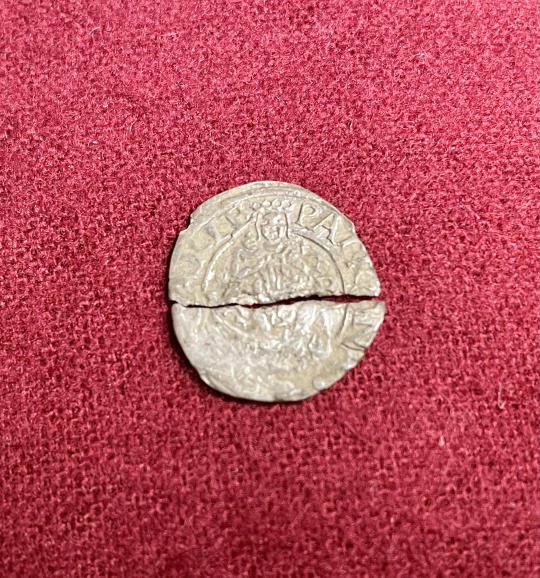
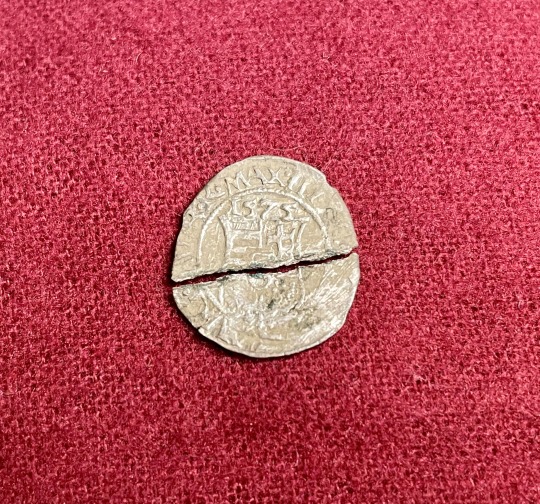
...I have both halves (1575 Hungarian Denier)
11 notes
·
View notes
Text

Emperor Maximilian I on an Alpine Ibex hunt by Franz Krammer
#franz krammer#art#maximilian i#emperor#austria#austrian#alps#landscape#hunt#hunting#alpine ibex#steinbock#goat#europe#european#habsburg#holy roman emperor#holy roman empire#medieval#middle ages#history#house of habsburg#mountains#mountain
50 notes
·
View notes
Text
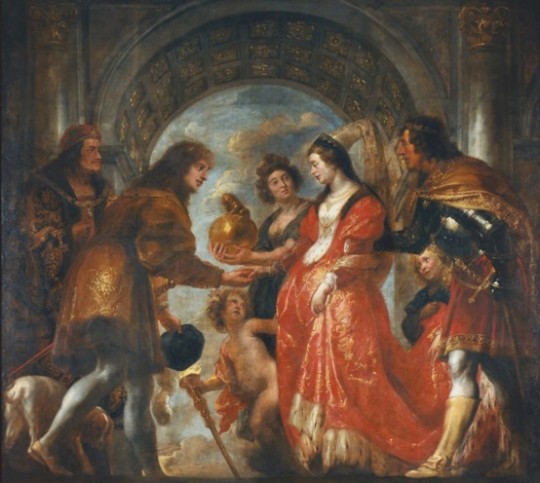
The Wedding of Mary of Burgundy with Maximilian of Austria by Jacob Jordaens, between 1634 and 1635
#maximilian i#mary of burgundy#new post#historical fashion#art#history#artwork#fashion history#oil painting#painting#historical#oil on canvas#jacob jordaens#1630s#duchy of burgundy#holy roman emperor#holy roman empire
31 notes
·
View notes
Note
Hi there
So I follow the Tudor Trio and Nicola Tallis, Matthew Lewis and Nathan Amin were doing a debate today on the Princes in the Tower with the quote on quote new evidence that has been revealed from Philippa Langley.
I still firmly believe Richard III killed the Princes and find many of Matthew Lewis' arguments bizarre. I'm not sure why he thinks the Princes weren't a threat to Richard but were to Henry VII. If the Princes weren't a threat to Richard then why would they have been a threat to Henry VII? I can't understand why Richard would ever let them escape England of his own free Will. There is almost no chance they could have escaped without him knowing about it.
Also he claimed that Henry VII sent Elizabeth Woodville to Bermondsey Abbey and that she was supporting the Lambert Simnel Rebellion. Is there any truth to that? Thanks!
Hi, sorry for taking so long to reply! Lewis' arguments are so incredibly ridiculous — they largely rest on accepting at face value people's signatures and on the claim that Maximilian and Margaret of York were too blue-blooded to ever lie for political ends: essentially, he claims lying was for peasants. And yes, the princes would absolutely be a threat to Richard III as he found out as soon as he left London after his coronation — there happened a rebellion made by former Edwardian servants that aimed to free the princes from the Tower, very possibly to restore them to the throne. The princes had been raised all their lives to regard the English throne as their birthright — you're telling me they would grow up abroad and would neve try a restoration aided by one of England's political enemies such as France?
The ricardian claim that Richard III sent them to Burgundy is incredibly ridiculous to me as well: even if they stayed with Richard's sister, she wasn't the one ruling Burgundy — Maximilian of Austria, the husband of Margaret's deceased daughter-in-law, was. How could Richard be sure Maximilian wouldn't take the princes the minute Richard did something that went against Maximilian's interests and use them to either blackmail him or depose him so Maximilian could have his own English king? Burgundy had displayed lancastrian loyalties not so long ago in the past and the political game in Europe changed constantly.
It would have been absolutely STUPID of Richard III to deliver the strongest weapon anyone could use against him to a foreign power. Let's also mention that Maximilian at the time was struggling with controlling his own children, the actual Burgundian heirs, because some Flemish cities had rebelled against him and had his heir (Philip of Burgundy) in their power and were up in arms against his regency. From June 1483 to July 1485 Maximilian couldn't have control of his own son. You're telling me Richard would have sent the biggest assets anyone could use against him to that unstable scenario?
The truth is that Ricardians like Matthew Lewis benefit from the fact that people study/know about the Wars of the Roses from an impossibly anglocentric lens, ignoring that the conflict was also the outcome of the multiple iterations of power play between Western European powers: 'the Wars of the Roses were an extended episode in a European conflict, not just a murderous private dispute'. It really is inconceivable, when it comes down to logic, how Richard was one step ahead of everyone during the mounting off to his takeover of the throne (bamboozling and imprisoning the Woodvilles, executing and imprisoning Edward V's strongest supporters such as Hastings) but would commit such a basic political error as sending other claimants to his own crown to a foreign power.
As to Elizabeth Woodville going to Bermondsey Abbey as a way of punishment for her supporting a rebellion against Henry VII, it makes little sense as well. Henry VII carried on with the marriage negotiations with Scotland that involved Elizabeth and two of her daughters until James III's death in 1488. Again, it would make little sense for Henry VII to have found out Elizabeth was conspiring against him but keep wanting to send her north as an ally to Scotland, a country that could easily make war on him and create problems. Why would he deliver an enemy into the hands of another possible enemy, if Elizabeth truly conspired against him? Again, it's the lack of perspective into Europe and international politics that jump out in Lewis' logic.
Do my words make sense to you? I truly cannot comprehend how Lewis can say the stuff he says and no one really contradicts him in his logic.
32 notes
·
View notes
Text
The pipeline of Charles “they had to deceive and drag me to my wedding” ofthe Bold, to his son in law Maximilian “hey… This Burgundian lady is pretty. I think I’m going to like her :)”, Holy Roman Emperor to Maximilian’s son Philip “marry me to this girl right now, idc if we need more pomp, I need to consummate” the Handsome is real, and it can happen to you too.
#Charles the Bold#Maximilian I#Philip the Handsome#House of Valois#house of habsburg#And then we have Charle’s namesake and great grandson (Charles V) who was so love struck he was faithful to his wife and never got over her#Also the way the consorts got sassier… From Isabelle of Bourbon being merely described pliant and faithful#To Mary of Burgundy being (ahem) THE DUCHESS OF BURGUNDY#To Joanna of Castile refusing to put up with her husband and her father’s bullshit#(And to Isabella of Portugal being a good empress and regent as Charles was away)
8 notes
·
View notes
Text
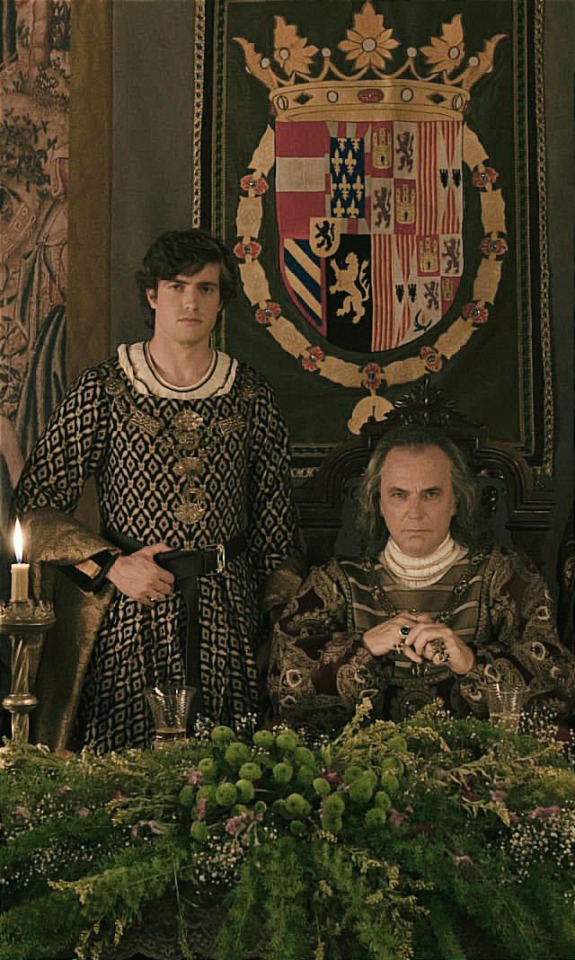

La Corona Partida 2016
Raúl Mérida as Philip The Handsome
José Coronado as Emperor Maximilian I
Irene Escolar as Juana of Castile
Úrsula Corberó as Margaret of Austria
#juana de castilla#juana of castile#philip the handsome#maximilian I#margaret of austria#la corona partida#irene escolar#raul merida#josé coronado#ursula corbero
17 notes
·
View notes
Text
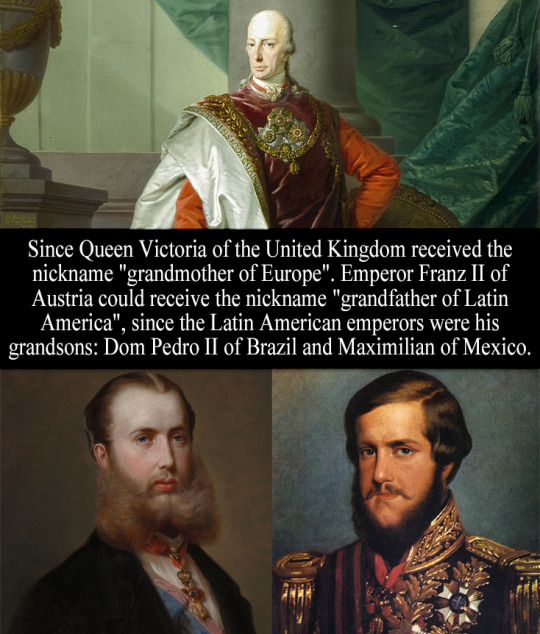
“Since Queen Victoria of the United Kingdom received the nickname "grandmother of Europe". Emperor Franz II of Austria could receive the nickname "grandmother of Latin America", since the Latin American emperors were his grandsons: Dom Pedro II of Brazil and Maximiliano of Mexico.” - Submitted by Anonymous
36 notes
·
View notes
Text
Art of War (27)

The Execution of Emperor Maximilian (1867) - Édouard Manet (1832-1883) [France]
Oil on canvas [48cm x 58cm]
Part of Édouard Manet's series artworks about the subject
[Image Description. A line of mid-1800s Mexican soldiers have their rifles aimed near point-blank at three male figures of varying skin tones. This is Maximilian, and his generals Miramón, and Mejía, they hold hands facing their death. Maximilian stands strong, while his generals are in varying levels of distress. Behind the whole group is a stone wall. A plethora of people lean together overlooking the wall, watching the execution. Puffs of musket smoke exit the pointed muskets. End ID.]
The execution of Emperor Maximilian was incredibly controversial for its time, and often times even looked back at in the same way. We're in mid 1800s Mexico, where the nation was divided politically into conservatives and liberals. Eventually the Mexican Three-Year Civil War occurred, with the liberals winning, however conservatives couldn't accept their lost and sought help in their European French allies.
Meanwhile, the liberal government put in charge President Benito Juárez, and conservatives and French monarchists conspired to oust and replace them. The French monarchists decided to establish the Second Mexican Empire, and they put Maximilian I in charge. He had limited knowledge about the level of tensions between the two political groups in Mexico.
Normally the American government would get involved due to the Monroe Doctrine, but they were caught up in their own civil war at the time. The French military backed Maximilian, and the reception of his was fairly mixed throughout his entire reign.
Eventually though the gig of the conservatives and the French military was up, and Maximilian would pay the price. Despite several attempts to escape, advise to bribe from his wife, and begging letters from conservative Mexicans and French higher ups alike, Juárez didn't back down from the idea of an execution.
There was great respect between Juárez and Maximilian, even down to his death. Juárez felt the execution had to be done to show all other imperialists that they had no place in Mexico. Maximilian rejected chances to attempt to bribe his way out of the situation. His last words, "I forgive everyone, and I ask everyone to forgive me. May my blood which is about to be spilled end the bloodshed which has been experienced in my new motherland. Long live Mexico! Long live its independence!"
Manet, the painter of this art was against Maximilian's execution, taking inspiration from Goya's own major execution painting.
This painting can be seen in the Kunsthalle Mannhelm, Germany
#history#art history#mexico#mexican history#french art#french history#second empire of mexico#maximilian I#execution#war art#art of war#benito juárez#edouard manet#kunsthalle mannhelm#1850s#1800s#1860s#emporer maximilian
2 notes
·
View notes
Text
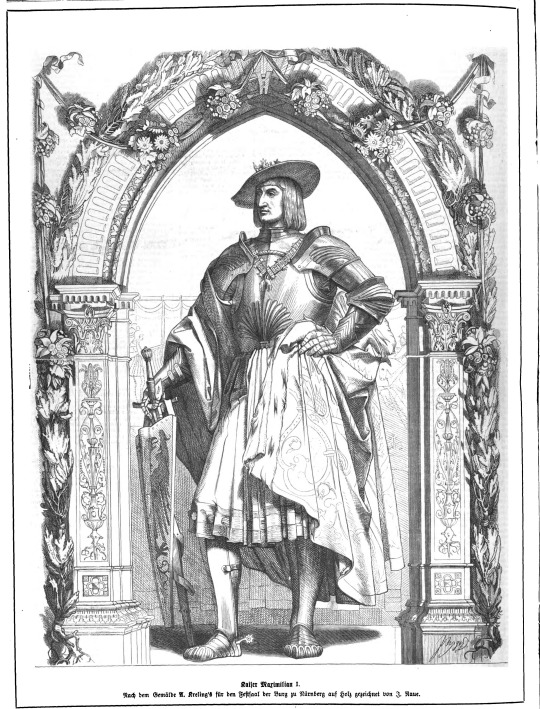
Emperor Maximilian I of Austria. By Julius Naue and August von Kreling.
#heiliges römisches reich#full length portrait#maximilian i#haus habsburg#erzherzogtum österreich#house of habsburg#holy roman empire#holy roman emperor#julius naue#august von kreling#royalty
5 notes
·
View notes
Text

A Guardian Angel Rescuing Emperor Maximilian from the Martinswand
by Alfred Rethel
The young emperor is in great danger as he gazes into the abyss. According to a popular Tyrolean legend, Maximilian I (1459-1519) supposedly got completely lost in the mountains while out hunting chamois near Innsbruck. On the third day, as if by a miracle, a mysterious man appeared and led the exhausted monarch back into the valley. Contrary to a previous idea of depicting the rescuer as an angel, Rethel shows him here as a shepherd in a sheepskin, albeit illuminated from behind by a supernatural light.
#alfred rethel#art#maximilian#emperor#maximilian i#guardian angel#angel#angels#mountains#alps#tyrol#tirol#innsbruck#austria#austrian#tyrolean#mountain#hunting#middle ages#medieval#history#europe#european#shepherd#supernatural#christianity#christian#religious#religion#crossbow
56 notes
·
View notes